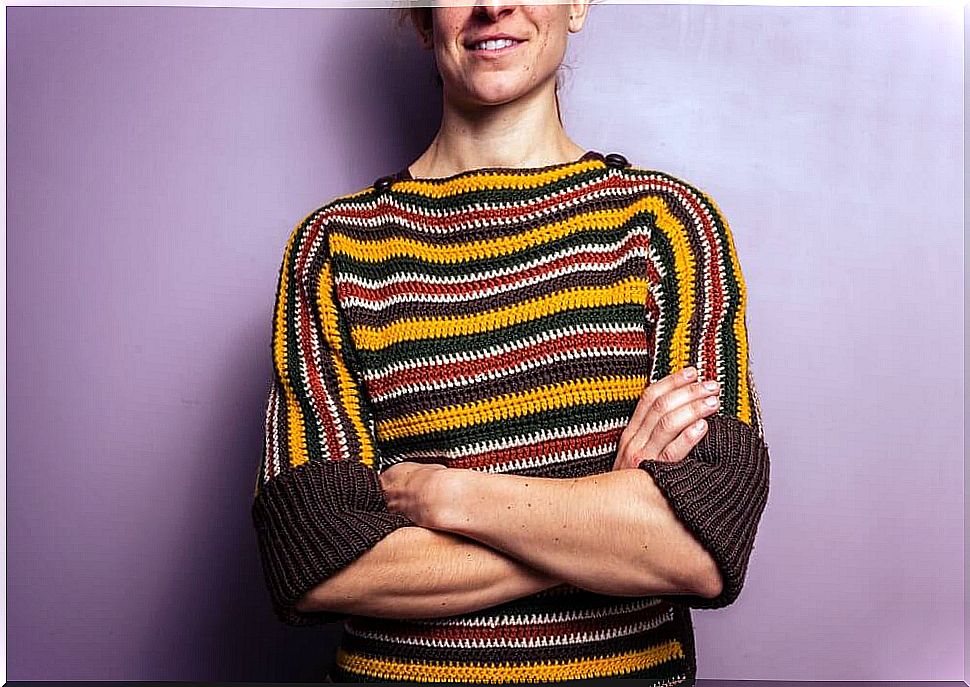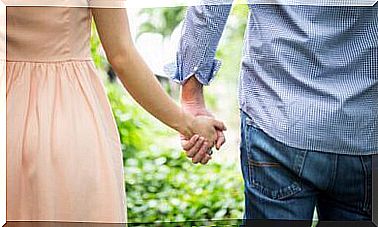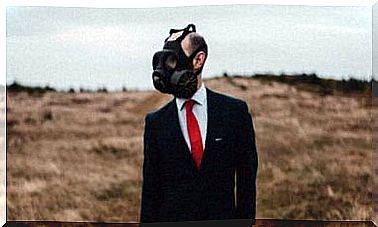The 8 Meanings Of Crossing Your Arms

Does the phrase “ Don’t fold your arms because you are closing yourself off or blocking yourself from others ” is familiar to you?
If your answer is yes, we invite you to continue reading this article, to discover the meaning of this expression.
What are its real meanings?
1. Self-embrace. We cross our arms much more often in public than in private. The simplest meaning of this gesture is a hug to yourself because it gives you comfort at all times.
With this gesture, your intention is not to drive someone away, because you are only looking for a little comfort. When you see someone in this position, ask them if they feel comfortable.
How can we identify this gesture ? Self-hugging is one of the automatic gestures we take in our body posture, trying to make ourselves comfortable.
2. Reduce stress. When we’re feeling stressed, folding our arms is a great way for your hands to give you a comforting touch and tranquility, in a hidden way.
The fact of feeling this contact calms us and reassures us. It is a sensation similar to what we feel when we rub our hands. In this case, it has nothing to do with a blockage or a feeling of inconvenience, but it is anxiety.
How can we identify it ? We can quickly perceive that it is a movement of a few seconds which involves a great emotional charge.
3. Warm up. Many times we may think that the person crossing their arms in front of us is disagreeing with what we are saying. But sometimes the explanation is that she’s just cold.
How can we identify it? When we cross our arms because we are cold, we tend to have outstretched shoulders. People don’t just cross their arms, they also contract their shoulders and keep them tight as a way to generate and maintain heat.
4. Hide insecurity. Women who feel insecure and need to protect themselves cross their arms to avoid being overly exposed.
In turn, people who feel uncomfortable or threatened by others will adopt this gesture as a sign of defense.
This kind of hug is felt because the shoulders are not lifted, but they are facing forward and the body is curving slightly.
5. Extreme fear. Crossing their arms can mean that the person is feeling extreme fear or great concern. Instantly, we cross our arms over our chest to protect our internal organs.
This type of embrace is accompanied by manipulative gestures which consist of touching the face and neck, pressing the lips and expressing micro expressions of fear.
6. We self-control. Many times we fold our arms when we are feeling angry or upset, and in this case, this is a way of holding ourselves back.
A clear example of this type of “self-hug” is when children are asked to do something they don’t want to do. With this gesture, we communicate an annoyance without having to say a single word.
7. Transmit power. Do you know how to convey power with non-verbal language? Just use a pose where we put our elbows out and crossing our arms is a strong display of personality.
8. Cross arms to isolate ourselves. This is the most common sense and the one we most associate with this gesture. However, the fact of crossing the arms while wanting to express this emotional necessity, also serves to withdraw us momentarily into an introspective state.
Thus, we create both a physical and psychological barrier between the person making the gesture and the rest of the people present.
Body language is a little-known subject in our society today. Many people are not aware of the meanings of our actions, which is why they misinterpret them most of the time.
A person crossing their arms may seek isolation, but they may also feel cold. Perhaps in the first case, the embrace will not be understood, but in the second case, it will.
We also cannot forget that every human being is unique and different.
In any case, we encourage you to learn a little more about this great unknown, to improve the quality of your relationships.









